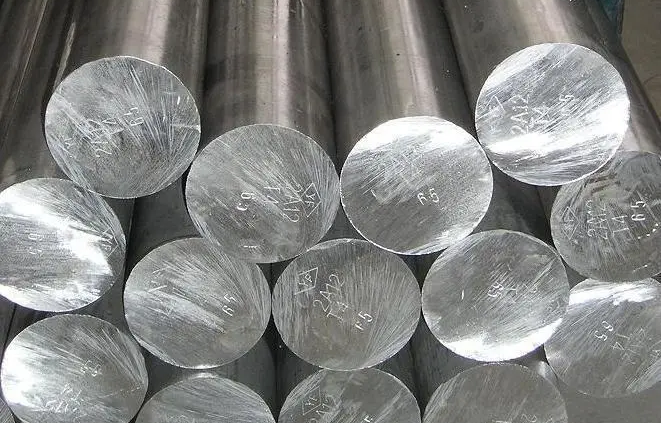Chromium-nickel alloy 600 and its processing technology
Alloy 600 (UNSN0660) is an alloy with nickel as the main component and resistance to various corrosion conditions. Alloy 600 (UNSN0660) can be used in low-temperature and high-temperature environments of 20000F (10930C). It has no magnetism and can be welded for corrosion resistance. Its nickel alloy content is high, and it has strong corrosion resistance and good resistance to chloride stress corrosion cracking. Chromium makes it suitable for low oxidation environments.
General characteristics
Alloy 600 (UNS designated N0660) is a chrome-nickel alloy, which is designed for environments ranging from low temperatures to 2000 degrees Fahrenheit (1093 degrees Celsius). The alloy is non-magnetic and easy to weld. Alloy 600 is used in various anti-corrosion fields. Its high nickel content shows a certain degree of corrosion resistance in environments with reduced corrosion degree, while chromium in the alloy has corrosion resistance in a weak oxidation environment. The high nickel content in the alloy has special resistance to chloride corrosion fission.
Application field:
① Chemical and food processing equipment
② Paper mill and alkali digester
③ Heat exchanger
④ Heat treatment silencer and evaporator.
Heat treatment:
Alloy 600 will not harden during heat treatment. The hardness of the alloy can only be enhanced by cold treatment. After cold working, the alloy is annealed to soften the material. Softening needs to be carried out from the initial temperature of 1600 degrees Fahrenheit (871 degrees Celsius) to 2100 degrees Fahrenheit (1149 degrees Celsius). When the temperature rises to 1800 degrees Fahrenheit (982 degrees Celsius) or higher, the particles will grow rapidly. However, if the material is softened at 1900 degrees Fahrenheit (1038 degrees Celsius) in a very short time, the particles can be prevented from getting too large. Slow cooling and quenching can keep the hardness of alloy 600 approximately the same.
Processing:
Alloy 600 exhibits good cold-forming properties, which is related to the Ni-Cr stainless steel it contains. Its high nickel content prevents its transformation from austenitic steel to martensitic steel, which will occur when 301 stainless steel alloy and 304 stainless steel alloy are cold formed. Compared with 301 alloy and 304 alloys, the effective hardening rate of 600 alloys is lower, and it can be used for rolling forming by various methods, but a large amount of deformation will occur between annealing and annealing.
If high*temperature annealing is used, alloy 600 produces relatively large particles to obtain the characteristics brought by the temperature rise, and the surface is formed in the maximum range to form obvious waviness, which is called “orange peel”. This phenomenon is caused by large particles, which are generally considered harmful to the material properties.
Welding:
The standard resistance welding and fusion welding of stainless steel can be used for alloy 600. Electrodes and wires for welding alloy 600 and other materials can be found on the market. Because this alloy will produce oxides with strong adhesion, inert gas protection should be reasonably used.



